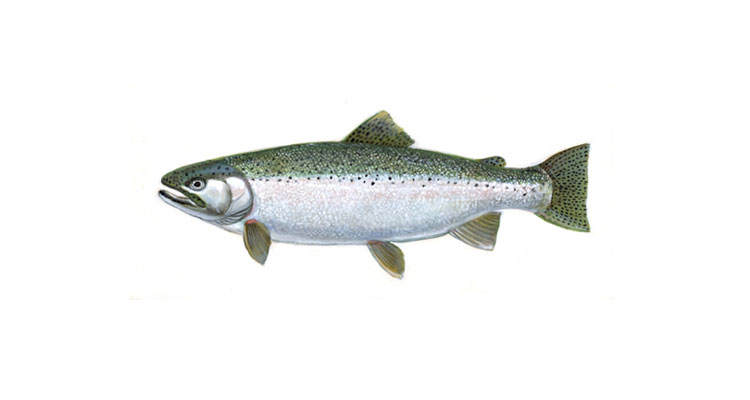Steelhead Trout

Like salmon, steelhead trout return to their original hatching grounds to spawn. Similar to Atlantic salmon, but unlike their Pacific Oncorhynchus salmonid kin, steelhead are iteroparous (able to spawn several times, each time separated by months) and make several spawning trips between fresh and salt water, although fewer than 10 percent of native spawning adults survive from one spawning to another. Steelhead fishing guide Dave Jacobs guides his clients to steelhead found on these California and Oregon rivers, The Sacramento River, Trinity River, Klamath River, Eel River, Smith River, Chetco River and Rogue River in Fall and Winter seasons.
Juvenile steelhead may remain in the river for one to three years before smolting and migrating to sea. Individual steelhead populations leave the ocean and migrate into their freshwater spawning tributaries at different times of the year. Two general forms exist—”summer-run steelhead” and “winter-run steelhead”. Summer-run fish leave the ocean between May and October, before their reproductive organs are fully mature. They mature in fresh water while en route to spawning grounds where they spawn in the spring. Summer-run fish generally spawn in longer, more inland rivers such as the Columbia River. Winter-run fish are ready to spawn when they leave the ocean, typically between November and April, and spawn shortly after returning to fresh water. Winter-run fish in Northern California and Southern Oregon generally spawn in shorter, coastal rivers like The Eel, Smith and Chetco Rivers. Once steelhead enter riverine systems and reach suitable spawning grounds, they spawn just like resident freshwater rainbow trout.
